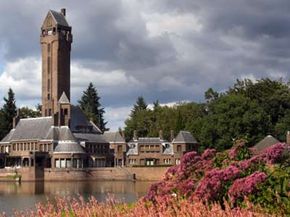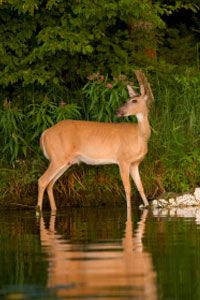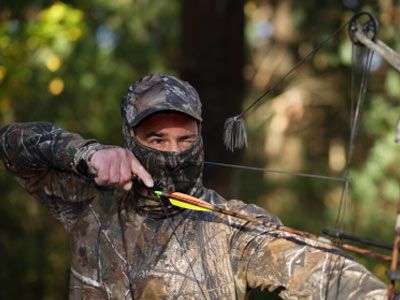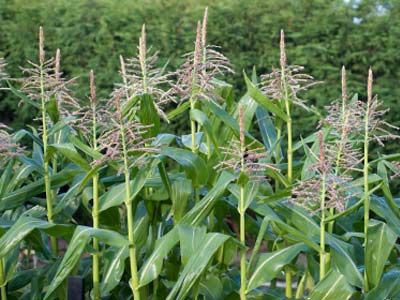Maybe it was Elmer Fudd, always chasing that "wascally wabbit," who triggered your interest in hunting. Perhaps you grew up in the country and learned to hunt when you were a kid. Possibly you've been hunting since you could handle the kickback from your dad's 12-guage. And then again, you might just be curious. Either way, where do hunters go to hunt today?
As cities grow, open land becomes increasingly scarce and valuable. With less land to hunt, fewer people become hunters. Hunting preserves are parcels of land licensed by their respective states to offer hunting for a fee.
Advertisement
You can choose a commercial preserve, which exists to make money for the owner, or a non-commercial preserve, which operates as a nonprofit entity; both offer a six-month season. Either way, you get a safe and entertaining experience among native habitat.
Hunting preserves, good or bad -- and arguments are made for both sides -- work to minimize the trend of land development by offering a wilderness refuge for mammals and fowl, as well as a place for hunters to find their place in the food chain and the sporting world.
When the U.S. Fish and Wildlife Service conducted a survey of hunters in 2001, it found, among other things, that today's hunter spends more than $20 billion a year on the sport. With less land to hunt, more and more people are hunting on land preserves [source: Marshall]. This is good news for the states offering preserves (and almost every state has at least one) but a point of contention for many legislators, landowners, activists and those who can't afford the sometimes costly bag and tag fees on these private lands [source: North American Gamebird Association].
If the idea of hunting fenced-in fauna seems new and unusual to you, read on, because in the next few pages, we'll give you a virtual tour of the hunting preserve world -- and it won't cost you a thing.
Advertisement



